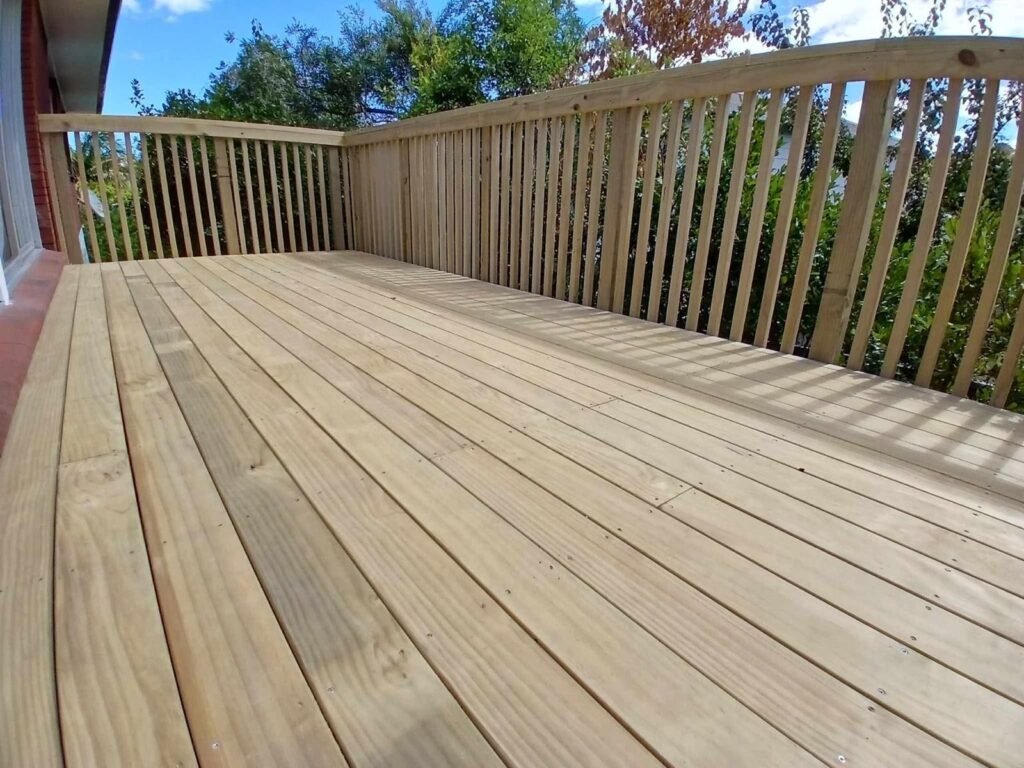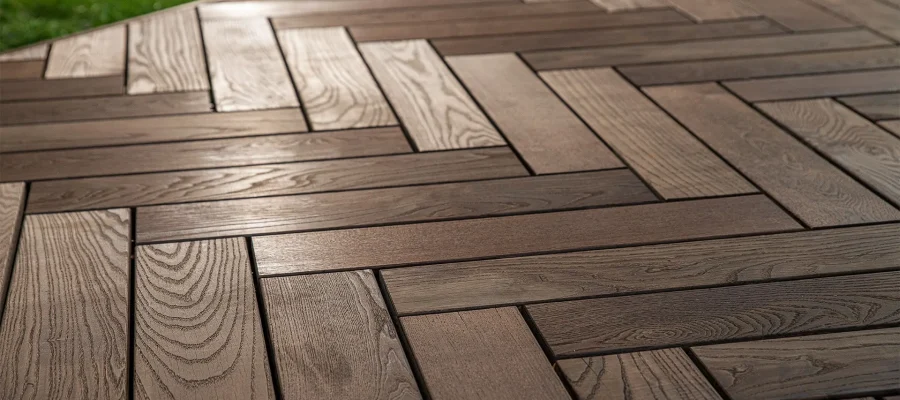How to Clean Decking Naturally: Eco-Friendly…
Discover how to clean decking naturally in Auckland. Use DIY solutions like vinegar & baking…
A “good deck” is more than just a flat platform—it’s a game-changer for your Auckland home. Whether you’re hosting a barbecue in Papatoetoe or sipping coffee with a view in St Heliers, a well-built deck enhances your outdoor living, a Kiwi tradition in a city blessed with 2000 sunshine hours annually, per NIWA 2025 data. Beyond lifestyle, a quality deck boosts curb appeal and property value, with Auckland homes averaging $1.2 million in May 2025, per REINZ stats—a 3–5% value increase isn’t uncommon with a solid deck, per local real estate insights. For DIY enthusiasts in Mount Eden or renovators in the North Shore, this guide walks you through planning, building, and finishing a deck that lasts in Auckland’s humid, coastal climate. While DIY can save costs, complex builds on slopes or larger designs often need a pro touch. My Homes Decking Expert, part of My Homes Construct Ltd, brings Auckland-specific expertise to ensure your deck is both stunning and compliant, whether you tackle it yourself or call in the pros.

A good deck starts with a solid plan, tailored to your space and Auckland’s unique conditions. Here’s how to get it right.
Planning Tip: Sketch your deck on graph paper, noting dimensions and features like seating, to visualize the layout before breaking ground, a time-saver for CBD apartment extensions.
Proper planning ensures your deck fits your lifestyle, meets regulations, and thrives in Auckland’s climate.
A strong foundation and frame are the backbone of a good deck, especially in Auckland’s wet and windy conditions. Here’s what to focus on.
Framing Tip: Double-check levels after each joist—small errors compound, leading to an uneven deck, a common DIY pitfall in Parnell projects.
A solid foundation and frame ensure your deck stands strong, handling Auckland’s weather with ease.

Choosing the right boards and laying them properly ensures your deck looks great and lasts. Here’s how to nail this step in Auckland.
Layout Tip: Dry-lay your boards before fastening—visualize the pattern and adjust for balance, a time-saver for Mount Eden DIYers aiming for a polished look.
A thoughtful board selection and layout create a deck that’s both functional and stylish, built for Auckland’s climate.
The finishing touches elevate your deck from functional to fantastic, ensuring safety and style in Auckland’s outdoor spaces.
Finishing Tip: Add planter boxes along railings for greenery—they enhance aesthetics while doubling as a natural barrier, a popular choice in Remuera gardens.
These finishing touches ensure your deck is safe, stylish, and ready for Auckland’s outdoor lifestyle.
With years of experience in Auckland, My Homes Decking Expert shares insider tips to elevate your DIY build.
Pro Tip: Test your sealant on a scrap board first—some finishes darken timber, impacting the look, a detail My Homes Decking Expert perfects for Mount Eden decks.
These tips from My Homes Decking Expert ensure your deck build is smooth, durable, and tailored for Auckland’s challenges.
How much does a basic deck cost in Auckland?
A 20 sqm DIY deck costs $2,000–$4,000 (materials and tools), while a pro build by My Homes Decking Expert ranges $5,000–$10,000, per Builderscrack 2024 data, depending on materials and size.
What’s the best deck material for coastal climates?
Composite decking, like Ecowood ($50/sqm), resists salt and humidity, ideal for St Heliers and North Shore decks, while H3.2-treated pine works with regular sealing, per NZS 3604 standards.
Do I need a building consent for a deck under 1.5m?
Usually no, if it doesn’t exceed site coverage limits, per Auckland Unitary Plan 2025 rules. Confirm with Auckland Council—My Homes Decking Expert handles consents for larger builds, ensuring compliance.
How long does it take to build a deck?
A DIY 20 sqm deck takes 1–2 weeks, depending on skill. Pro builds by My Homes Decking Expert take 2–4 weeks, factoring in permits and weather, per 2024 Auckland timelines.
Can I build a deck myself if I’m new to DIY?
Small, low decks (under 1m) are doable for beginners, but complex builds with stairs or slopes in Titirangi need experience or pros like My Homes Decking Expert, per local advice.
Building a good deck requires planning, the right materials, and attention to detail, transforming your Auckland backyard into a space for family barbecues, quiet evenings, or weekend entertaining. From assessing your space and choosing between timber and composite to laying a strong foundation, selecting boards, and adding finishing touches, this guide equips you with the steps to create a deck that boosts both curb appeal and property value in Auckland’s $1.2 million market. While DIY can be rewarding for smaller projects, challenges like sloped terrain, coastal weather, or complex designs often call for professional expertise. My Homes Decking Expert, part of My Homes Construct Ltd, offers Auckland-specific solutions, ensuring your deck is compliant, durable, and beautifully crafted, with a 10-year warranty for peace of mind. Ready to build your perfect deck?
📞 Local Business CTA
My Homes Decking Expert – Auckland’s Deck Builders
📞 Call: 022 315 8987
📧 Email: info@myhomesconstruct.co.nz
From planning to polished finish—let us build your perfect deck!
Contact us today for a free consultation and start enjoying your outdoor space like never before!
Discover how to clean decking naturally in Auckland. Use DIY solutions like vinegar & baking…
Kwila Decking for Auckland Homeowners How Long Does Kwila Decking Last? A Comprehensive Guide for…
How to Build a Deck: A Comprehensive Step-by-Step Guide Introduction Did you know that adding…